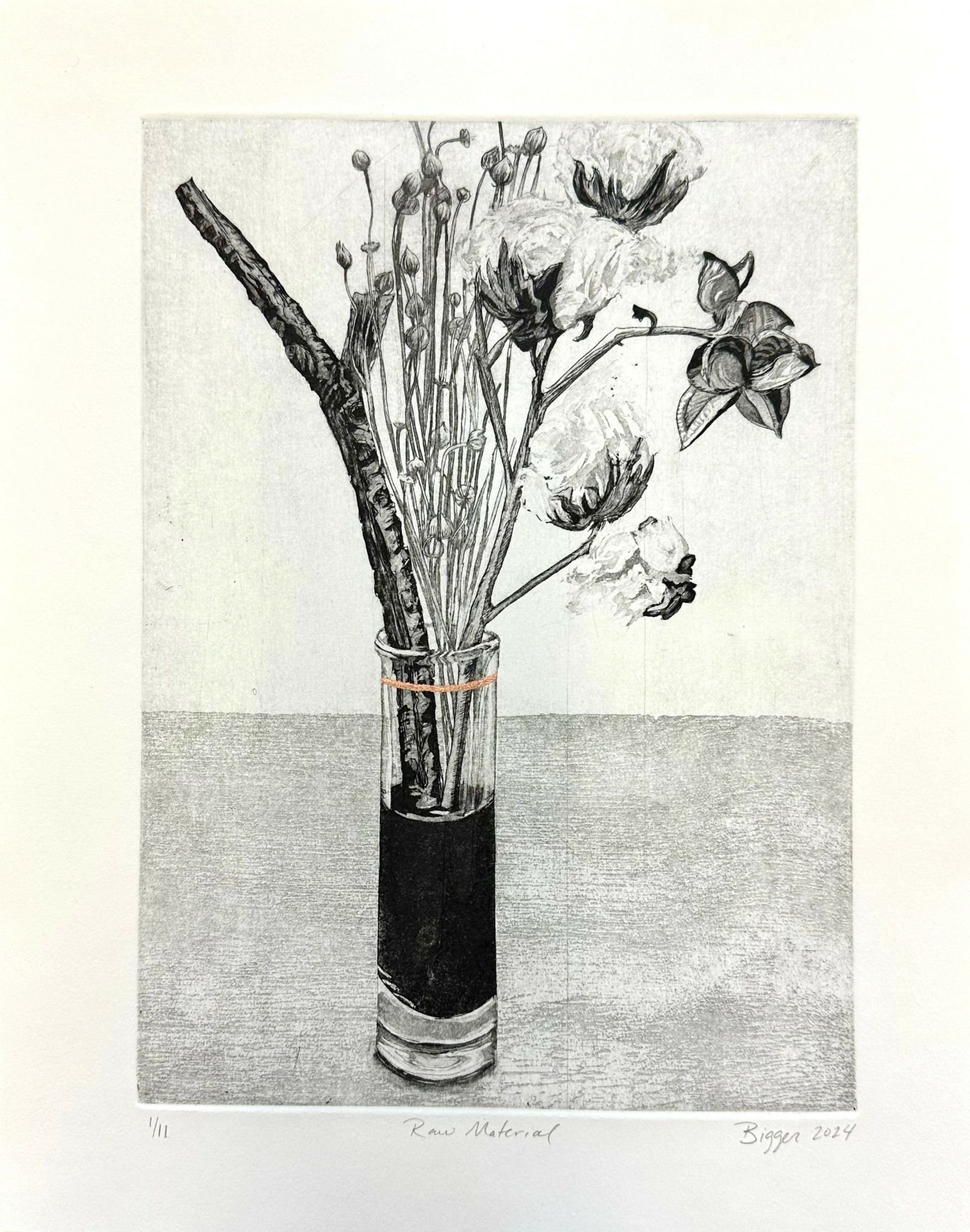We caught up with the brilliant and insightful Laura a few weeks ago and have shared our conversation below.
Laura, thanks for joining us, excited to have you contributing your stories and insights. Have you been able to earn a full-time living from your creative work? If so, can you walk us through your journey and how you made it happen? Was it like that from day one? If not, what were some of the major steps and milestones and do you think you could have sped up the process somehow knowing what you know now?
I opted to become an art professor, so arguably I do earn a full-time living from my creative work. But of course in reality much of my time goes to other tasks beyond my art practice. Having this professorship provides a middle ground where my creative work is still a priority and is supported by my institution but I am not dependent on selling art to make a living. I have the opportunity to facilitate students’ creative practice and to support arts culture more broadly. My mom is a full-time ceramic artist, so I have seen one version of this lifestyle through her. I do envy the fact that she gets to spend a lot of time alone in her studio making art but I feel privileged that I am able to make work that I am interested in without catering to a specific market. Working independently as an artist is a different type of hustle. Considering priorities within one’s art practice and lifestyle as well as personality and family factors can help a creative decide what type of creative career to pursue.


As always, we appreciate you sharing your insights and we’ve got a few more questions for you, but before we get to all of that can you take a minute to introduce yourself and give our readers some of your back background and context?
I am a fine arts professor that specializes in printmaking. I pursued this career fairly directly since being inspired by my own undergraduate art professors at Colorado College. After undergrad, I gathered a few impactful experiences (I interned at a jewelry studio in Boulder, CO and at Riverhouse Editions, now Oehme Graphics, a fine print publisher in Steamboat Springs, CO, and spent six months as an au pair for a family in rural New Zealand) before applying to graduate school and pursuing an MFA at the University of Minnesota. My graduate program offered teaching opportunities that helped me get post-graduate teaching experience first as an adjunct professor at Augsburg University, then as a temporary Instructor at the University of Nevada, Reno and finally a tenure-track position at Truman State University in Kirksville, MO where I am now tenured. I will be taking my first sabbatical soon and am excited to have a year dedicated solely to my creative practice. As a liberal arts teaching institution much of my day-to-day energy is dedicated to my students and teaching a broad curriculum. Subject-wise, my work explores the relationships that exist among humans, animals, and ecosystems, particularly in terms of the food chain, raw materials, and the human tendency to exert control over natural systems. It considers existential quandaries such as what it means to be a human today, how we can live in the world responsibly, and what our obligation is to do so. I consider myself to be an interdisciplinary thinker and a multimedia artist. I question anthropocentric viewpoints and interpret the man made environment primarily through print, drawing and installation.


How about pivoting – can you share the story of a time you’ve had to pivot?
My husband and I have a toddler and are about to have our second child. Becoming a mom of young children with a full-time job has significantly impacted my life and redirected much of my energy that I used to pour into my art. I really struggled with this transition at first and felt like I would never be able to regain my footing in my field but have since realized that these early childhood years are priceless and fleeting and that my creative practice will still be there when I am able to dedicate more time to it. A lot of the artists I look to for their successes have kids that are older or do not have kids. Noticing this helped me view my life in a longer-timeline and to put less pressure on myself during these years. I do wish there was more cultural awareness and acceptance for lulls and transitions in people’s careers that coincide with major life and family changes such as having kids, caring for ailing family members, dealing with health issues etc.


How can we best help foster a strong, supportive environment for artists and creatives?
Especially with the upcoming proliferation of AI imagery, I would love to see more people seek out and decorate their homes with original art made by real people. I want to plug fine art prints in particular, which are original, usually limited-edition artworks made by real artists that are also affordable. Works on paper tend to be significantly less expensive than paintings and even some fabulous historic and modern prints can be purchased for a fraction of what a painting would cost. The chances are, if you live in a major city, there are multiple print shops where you could purchase and be introduced to local artists’ work. Print fairs also come through many major cities. Check them out and support the artists!
Contact Info:
- Website: https://laurabigger.com
- Instagram: @laurabigger


Image Credits
All of the photos are my own except the head shot, which was captured by my husband, Nicholas Naioti.


